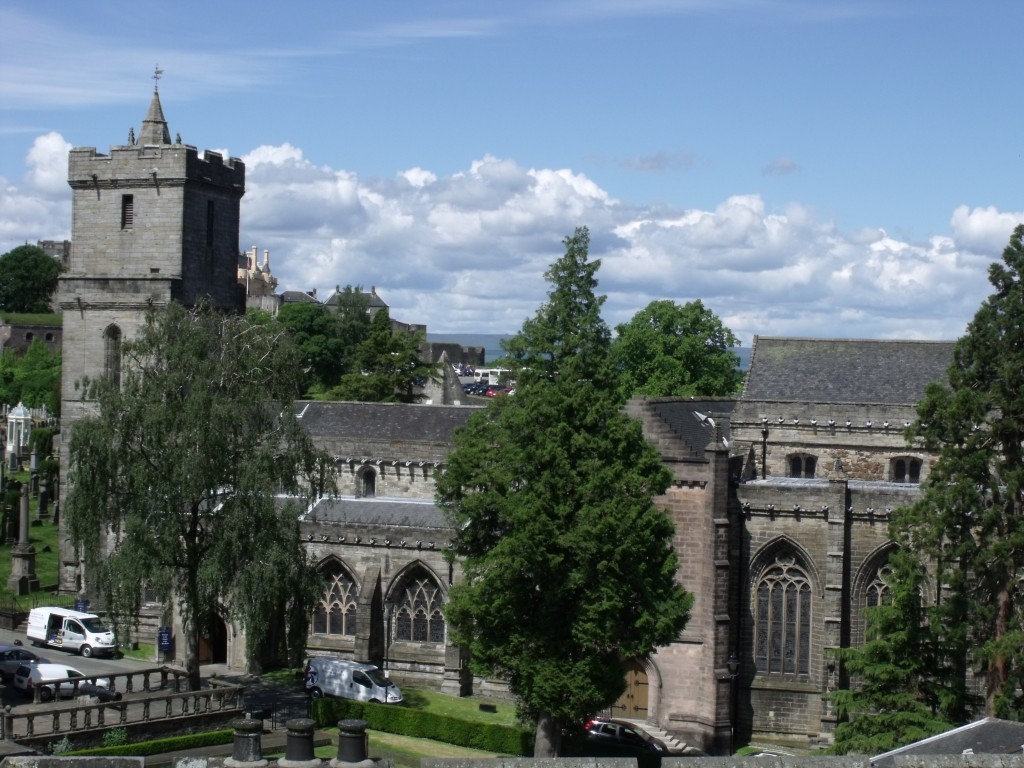
Stirling is set to save £31million on street lighting after receiving funding to install energy saving street lights.
The council is borrowing £9.87million from the Green Investment Bank to help Stirling Council save £31m over the next three decades by installing the new lighting.
Stirling Council is borrowing £9.87m from GIB and will install light-emitting diodes (LEDs) instead of traditional sodium lightbulbs in 12,000 streetlights over four financial years.
The council will also replace 4,000 of the columns (or lampposts), marking a major investment in infrastructure for the county.
Stirling is expected to cut its streetlight power consumption by 63% and reduce its greenhouse gas emissions by the equivalent of 14,400 tonnes over the lifetime of the project.
The energy saved each year would be equivalent to the total electricity consumed by over 850 homes.
GIB launched its Green Loan for local councils to help them reduce their streetlight electricity bills by up to 80%.
The Green Loan offers UK local authorities a low, fixed-rate financial arrangement over a period of up to 30 years. It has been specifically designed to finance public sector energy efficiency projects where repayments are less than the savings realised.
The UK currently spends about £300m a year powering its seven million streetlights, with fewer than one million lamps so far using low-energy LEDs.
Stirling is following in the footsteps of local authorities in Glasgow and Southend-on-Sea, making it the second council in Scotland and the third in the UK to take out a GIB Green Loan to replace its inefficient and costly old street lamps with modern, energy efficient models.
Stirling Council’s Director of Housing and Environment Robert Steenson said: “We are investing in the LED streetlights both to save money and make sure that Stirling Council provides high-quality services that are as sustainable as possible. We are very pleased to have worked with the UK Green Investment Bank on this deal.”
The council modelled the cost-savings of the project using a streetlighting toolkit developed by the Scottish Futures Trust (SFT), the company setup by the Scottish Government in 2008 to help ensure value-for-money in public sector spending.